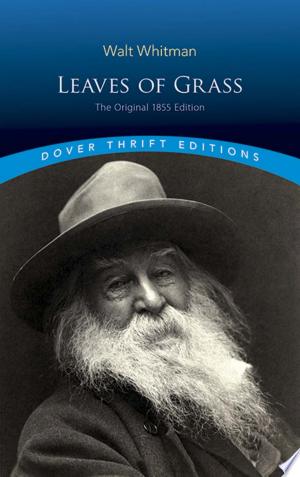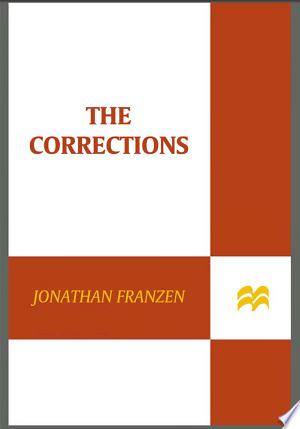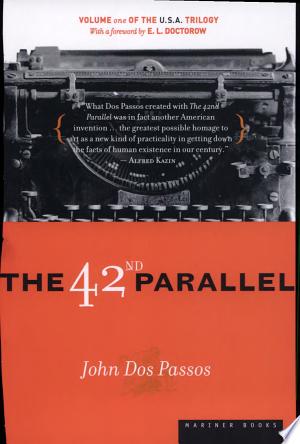
"Leaves of Grass" Summary
By Walt Whitman
poetry | 130 pages | Published in 2007
Estimated read time: 5 min read
One Sentence Summary
A collection of poems celebrating the beauty of the natural world and the diversity of American life.
Table of Contents
Introduction
"Leaves of Grass" by Walt Whitman is a timeless collection of poetry that has left an indelible mark on American literature. First published in 1855, the collection underwent several revisions and expansions throughout Whitman's life, ultimately growing into a comprehensive exploration of the human experience. This summary will provide an in-depth analysis of the themes, characters, and key events within "Leaves of Grass," shedding light on the profound insights it offers to readers.
Brief Synopsis
Plot Overview
"Leaves of Grass" is not a traditional narrative with a linear plot. Instead, it is a collection of poems that celebrate the beauty of the individual, the interconnectedness of humanity, and the wonders of the natural world. Whitman's verse spans a wide range of topics, delving into the complexities of life, love, democracy, and the human soul.
Setting
The setting of "Leaves of Grass" is expansive, encompassing the vast and diverse landscapes of America. Whitman's poetry is deeply rooted in the physical and spiritual essence of the country, capturing the essence of both urban and rural environments.
Main Characters
| Character | Description |
|---|---|
| The Poet | Often considered to be a representation of Whitman himself, the poet serves as the central voice of the collection, expressing profound thoughts and emotions. |
| Humanity | While not a singular character, humanity as a whole emerges as a central figure in Whitman's poetry, embodying a wide spectrum of experiences and emotions. |
Summary of Different Story Points Over Chapters
Song of Myself
In "Song of Myself," the poet celebrates the individual, exploring the interconnectedness of all people and the natural world. This section serves as a profound meditation on identity, existence, and the cosmic unity that binds humanity together.
I Sing the Body Electric
"I Sing the Body Electric" exalts the human body, celebrating its beauty, vitality, and spiritual significance. Whitman's verses in this section elevate the physical form to a sacred status, emphasizing its intrinsic connection to the soul and the divine.
Out of the Cradle Endlessly Rocking
This section delves into themes of love, loss, and the profound impact of nature on the human psyche. Through vivid imagery and emotional depth, Whitman weaves a poignant narrative that reflects on the complexities of the human heart.
Leaves of Grass
The titular section of the collection encompasses a diverse array of poems that encapsulate Whitman's overarching vision. From odes to the natural world to contemplations on the human condition, "Leaves of Grass" showcases the breadth and depth of Whitman's poetic prowess.
Main Events
- The poet's exaltation of the self and the interconnectedness of all beings in "Song of Myself."
- The celebration of the human body and its spiritual significance in "I Sing the Body Electric."
- The exploration of love, loss, and the profound impact of nature in "Out of the Cradle Endlessly Rocking."
- The diverse array of poems that make up the overarching tapestry of "Leaves of Grass."
Themes and Insights
Themes
- Celebration of the Individual: Whitman's poetry exudes a profound celebration of the individual, emphasizing the uniqueness and significance of each person's existence.
- Interconnectedness: Through his verses, Whitman emphasizes the interconnectedness of humanity and the natural world, portraying a holistic view of existence.
- Spirituality and Transcendence: "Leaves of Grass" delves into themes of spirituality and transcendence, inviting readers to contemplate the divine nature of the human soul and the universe at large.
Insights
- The Human Experience: Whitman's poetry offers deep insights into the human experience, encompassing joy, sorrow, love, and the pursuit of meaning.
- Nature and the Cosmos: Through vivid imagery and contemplative verses, "Leaves of Grass" provides profound insights into the beauty and harmony of the natural world and the cosmos.
Reader's Takeaway
"Leaves of Grass" offers readers a transformative journey through the depths of the human spirit and the boundless wonders of existence. Through its celebration of the individual, interconnectedness, and the divine, the collection invites readers to reflect on their own place in the world and find solace in the profound beauty of life.
Conclusion
In conclusion, "Leaves of Grass" stands as a testament to the enduring power of Walt Whitman's poetic vision. Its exploration of the human experience, celebration of individuality, and profound insights into the interconnectedness of all beings continue to resonate with readers across generations, solidifying its status as a timeless masterpiece of American literature.
Leaves of Grass FAQ
What is the genre of Leaves of Grass?
When was Leaves of Grass first published?
What is the significance of Leaves of Grass?
How many poems are included in Leaves of Grass?
What inspired Walt Whitman to write Leaves of Grass?




